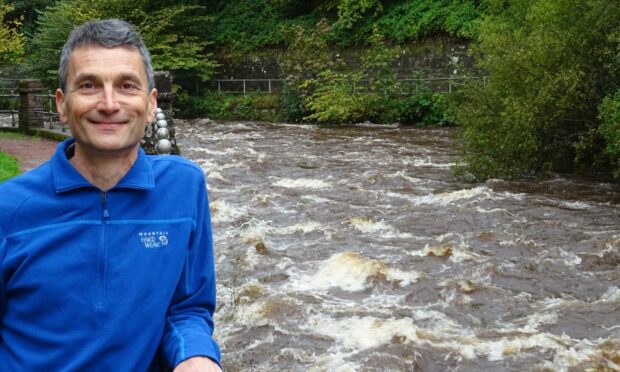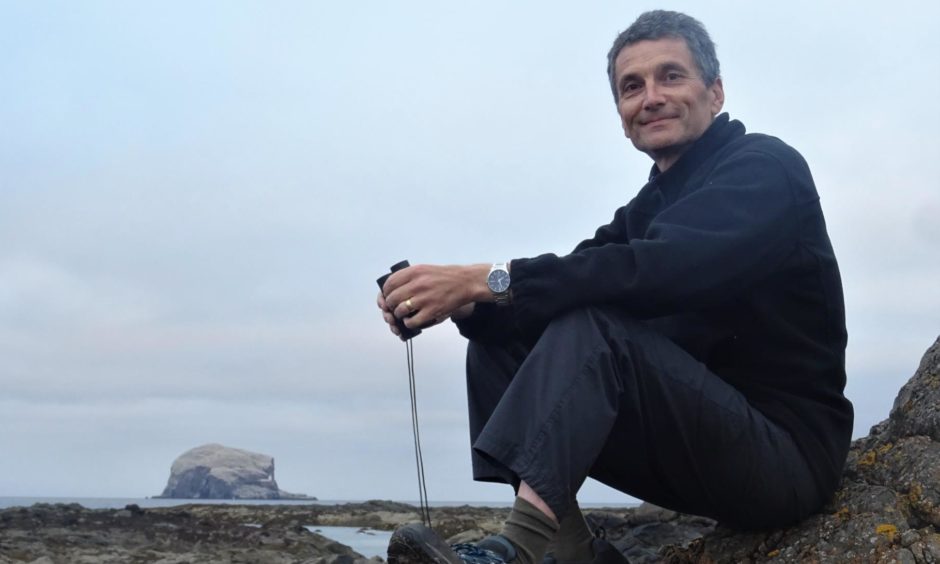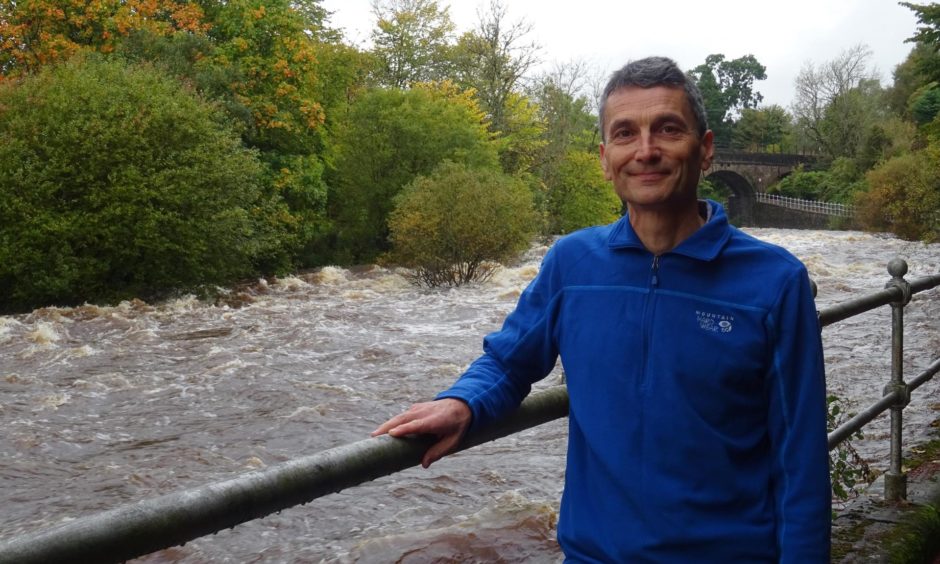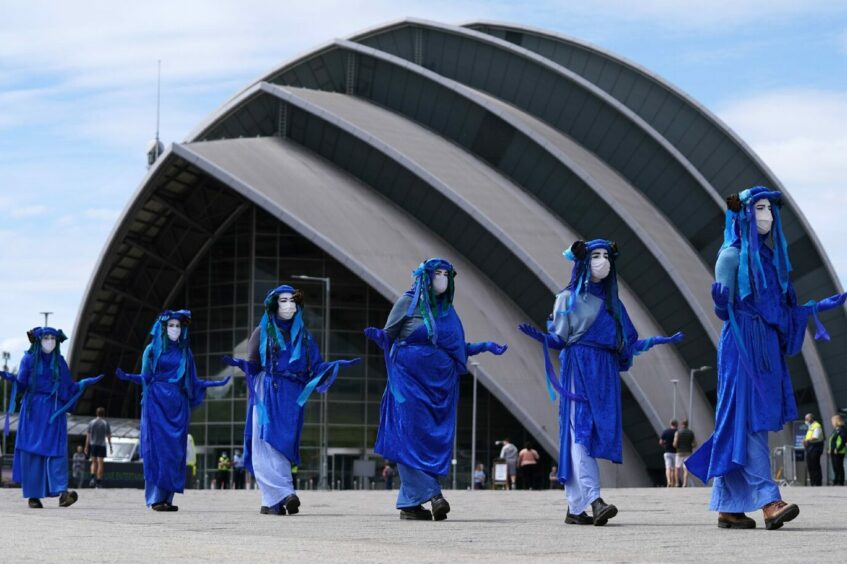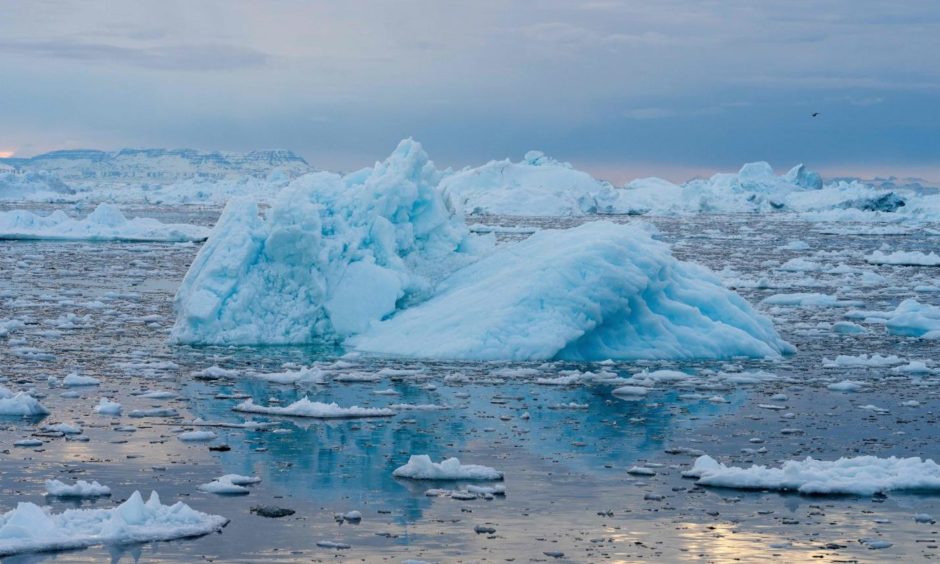Neil Kitching was brought up in Perth and now lives in Dunblane. He is a geographer, former accountant and now works as an Energy and Water Specialist. He is the author of Carbon Choices on the ‘common-sense solutions’ to our climate and nature crises. Here, he asks: ‘What on Earth is COP26?’:
You will be hearing a lot about climate change in the run up to COP26 in November. But what exactly is COP26?
COP26 is the 26th global climate conference run by the United Nations.
It is being hosted by the UK Government and held in Glasgow between October 31 and November 12.
It will be the largest international conference ever held in the UK, hosting up to 30,000 climate experts, negotiators, heads of state, media and observer organisations from over 200 countries – if Covid regulations and transport allow.
COP stands for ‘conference of the parties’ where the ‘parties’ are international governments.
Fundamentally, COP26 is the setting for the world’s most complex and important international negotiations.
The first COP took place in 1995 and have been held on a near annual basis ever since, with more significant meetings held every five years.
Legally binding
At Kyoto (COP3, 1997) the world’s first legally binding climate targets were agreed but these were limited to richer countries and proved to be ineffectual.
In Copenhagen (COP15, 2009) countries failed to reach any meaningful agreement, yet at Paris (COP21, 2015) a comprehensive agreement was reached for the first time.
Countries agreed to limit global warming to 2oC, and to “purse efforts” to limit it to 1.50C.
Under the Paris Agreement, rather than forcing countries to cut their carbon emissions by an agreed amount, each country agreed to set their own carbon target through their “Nationally Determined Contribution” or NDC – a bit of jargon that is worth remembering.
Most countries have set targets, but these are not sufficient to reduce global warming to 2oC.
Countries must also review and tighten these targets every five years.
Of course, the USA subsequently withdrew from this agreement, and then re-joined under Joe Biden in 2021.
Alongside China’s announcement of a net zero 2060 target, this has raised expectations for further global progress.
At COP24 an outline rulebook was discussed to implement the Paris Agreement, then at COP25 rules for a ‘market mechanism’ to trade emission reductions were proposed.
This hints at the glacial progress of these negotiations.
COP26 is crucial as it will complete and implement what was agreed at Paris.
The negotiators will discuss complicated and contentious areas such as money to help developing countries, will finalise the Paris rulebook and discuss rules for offsetting emissions such as planting trees.
Targets
Every country is also expected to set more ambitious targets before COP26 under the first 5 year cycle of review.
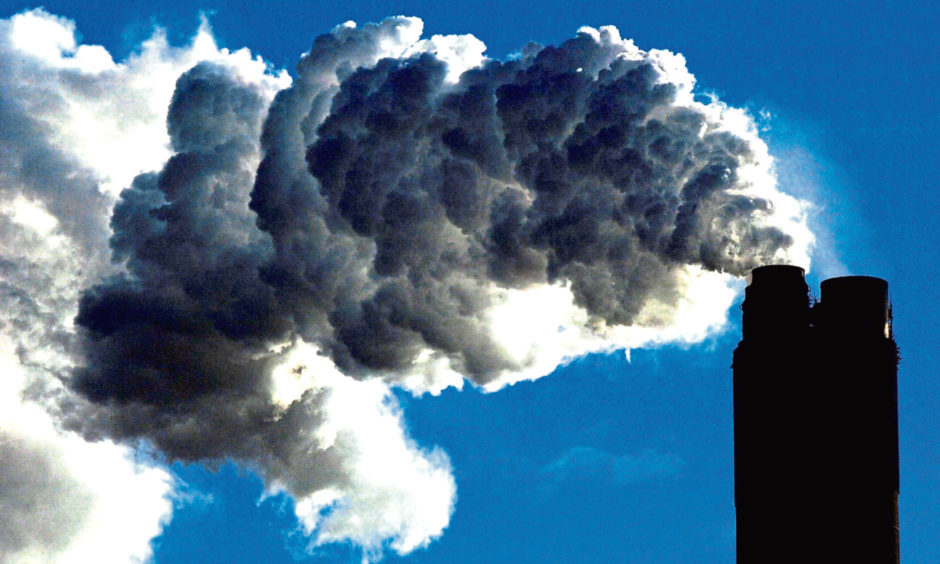
The event itself comprises two parts.
The ‘blue zone’ is the official United Nations area on the banks of the River Clyde.
This consists of the main Scottish Event Campus exhibition halls, the SEC Armadillo auditorium and the SSE Hydro arena.
Across the river is the ‘green zone’ centred on the Science Centre.
This space is managed by the UK Government and will host country trade pavilions, commercial exhibition space and events.
The Scottish Government has no official status at COP26, but will work with other state and regional governments to influence the negotiators and will clearly want to showcase Scotland’s climate credentials.
Meanwhile businesses, cities and regions may wish to sign up to the UN backed ‘Race to Zero’ campaign.
In addition, a whole host of side events and protest marches will occur across Glasgow and beyond.
Many of these are organised through Stop Climate Chaos Scotland – an umbrella organisation representing 60 community organisations to tackle climate change. The main march will be held on 6 November.
What do I want from COP26?
The COP negotiations have proceeded at a snail’s pace over the last 26 years – outpaced by the accelerating pace of scientific knowledge and real climate change already happening.
It can easily be argued that the whole process has been a failure.
Global emissions of carbon dioxide have continued to rise since the first global climate agreement in 1997 and even following the ‘success’ of the Paris Agreement.
The best that can be said is that there is now a framework in place for future action, and that without these negotiations things would be even worse. But, much stronger action, and soon, is required.
I want COP26 to be the turning point, the tipping point for governments, businesses and citizens.
For governments to submit radical plans to decarbonise their economies.
For businesses to take action to reduce their emissions and to offer consumers better choices.
For individuals to put pressure on government and businesses, but also to take their own personal action.
And, a final wish, for action to restore nature to be given as much prominence as action to prevent climate change.
A better future for us all. Not much to ask for, is it?
